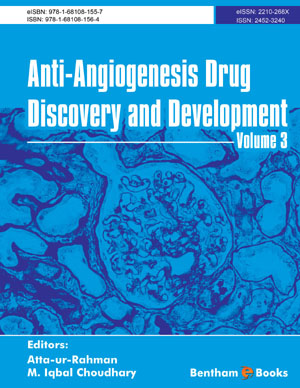Abstract
Pyroglutamate helix B surface peptide (pHBSP) is an 11 amino acid peptide based on the tertiary structure of erythropoietin (EPO). EPO is released from the kidney and its primary function is to control the production of erythrocytes in response to hypoxia. More recently, EPO has been found to possess many pleiotropic actions, in particular its ability to protect tissues against injurious stimuli. However, its use in patients is associated with an increased risk of thrombotic events due to the stimulation of erythropoiesis, this has led to the development of multiple EPO analogues including pHBSP. pHBSP has demonstrated its tissue-protective capability in many pre-clinical studies, with effects comparable to those of EPO. pHBSP is proposed to act via a receptor structurally distinct to the classical EPO receptor homodimer; the β-common receptor (βcR), therefore it does not induce erythropoiesis. pHBSP is a novel and attractive therapeutic intervention for the treatment of many disease states including acute kidney injury, stroke and myocardial infarction, however there are currently no clinical studies using this peptide.
Keywords: Pyroglutamate helix B surface peptide, erythropoietin, tissue-protection, apoptosis, inflammation, β-common receptor.






















